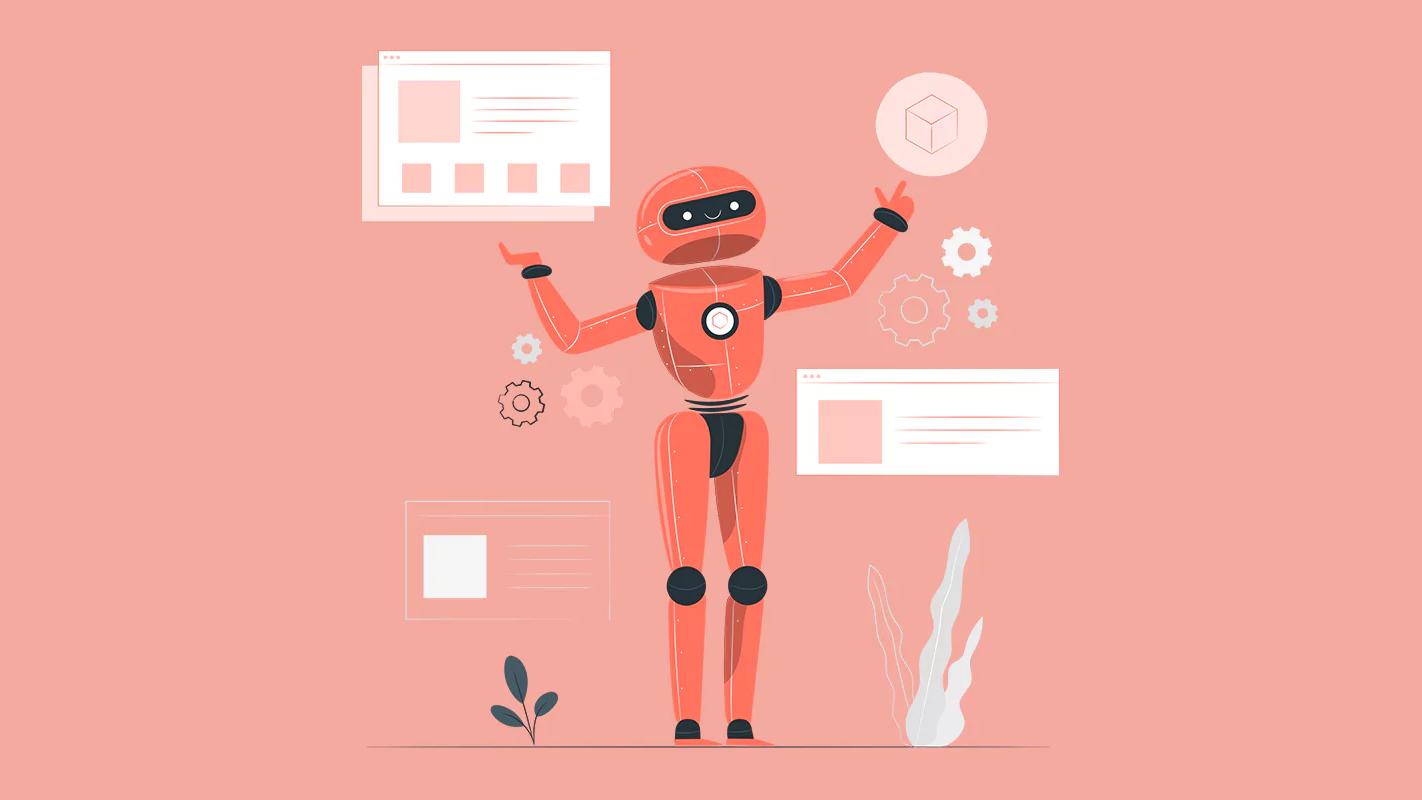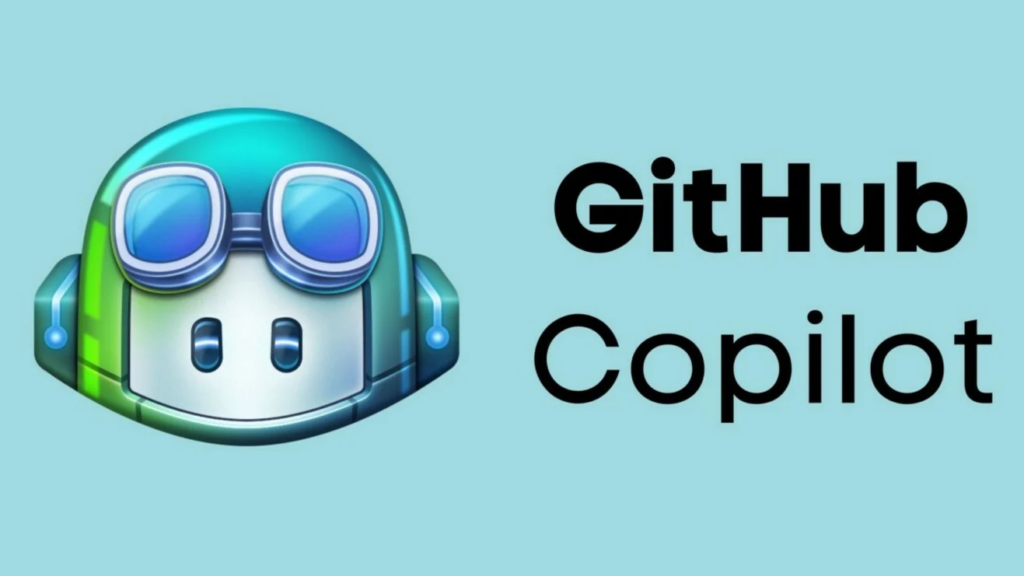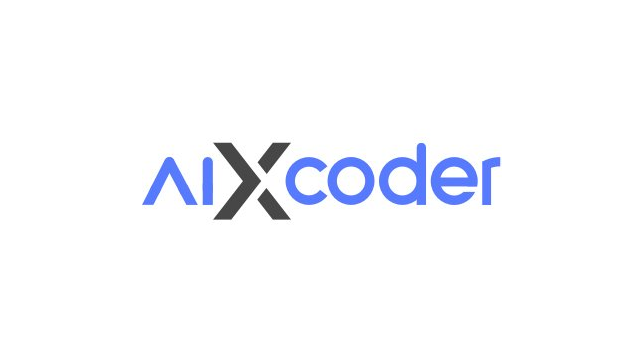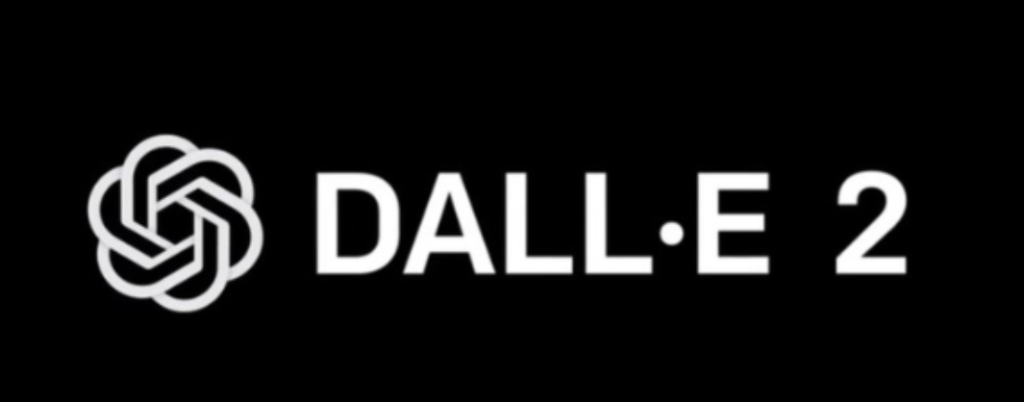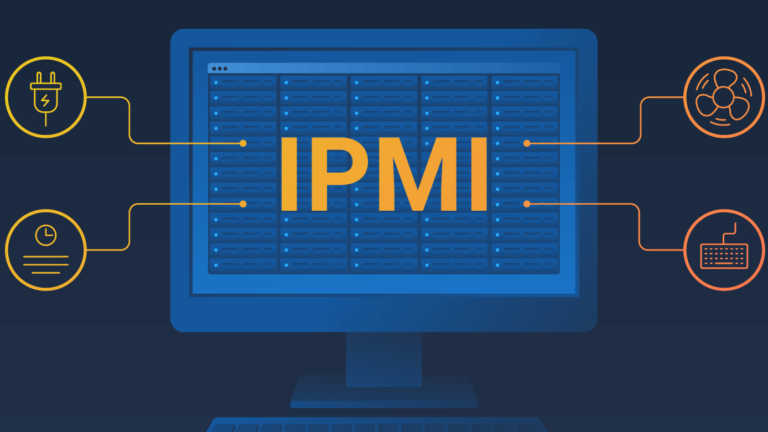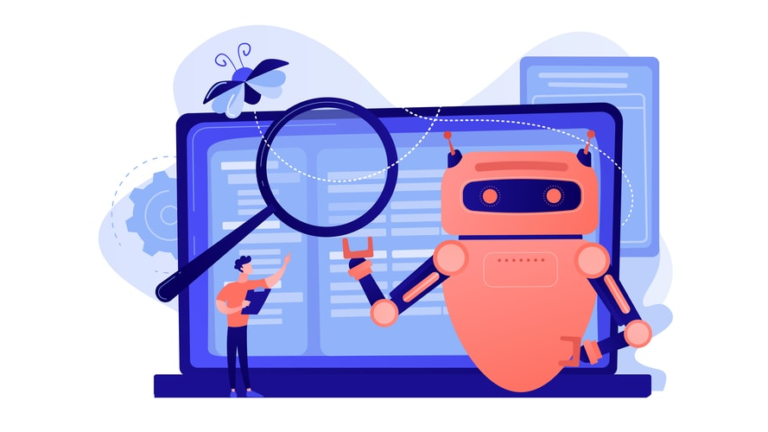AI for website development: to use or not
You wake up in the morning and your phone unlocks after scanning your face. You get in your car to go to work, and the navigator suggests an alternative route because the one you drive every day is busier than usual. Your favorite shopping app offers you a pair of shoes that fits your style perfectly. Magic? No, progress. We are talking about artificial intelligence, which is no longer science fiction.
Today, even people who are far from information technology have heard of ChatGPT. It is one of the most popular neural networks using artificial intelligence. Google is testing its own product – Bard. Another popular neural network MidJourney draws pictures – just describe in detail what you want to see on the screen.
Developers, designers, SEO specialists and copywriters are already actively using neural networks in their work. AI can write individual pieces of code, generate content, and help with promotion. Is it worth using AI to create a website? We at TutHost decided to look into this issue.
What is artificial intelligence and how it works
Artificial Intelligence is the ability of a machine to demonstrate the skills inherent in humans. It’s language comprehension, reasoning, learning, creativity, and planning skills. AI allows technological systems to perceive the environment, interact with it, solve problems, and act with a specific purpose. The machine receives data through its own sensors or channels, processes and responds to them. AI systems are capable of adapting their behavior to some extent, analyzing the consequences of previous actions and operating autonomously.

For example, a chatbot is capable of interpreting problems encountered by the company’s customers and offering them answers. The recommendation system makes purchase suggestions according to the preferences the user has previously shown.
Despite the current boom, the concept of artificial intelligence has been around for a long time. In 1956 John McCarthy, the American computer scientist and founder of functional programming, was the first to utter the phrase “artificial intelligence” at the Dartmouth Conference. In the 1950s, Alan Turing already raised the question of whether machines could think. That’s when the Turing test, which is used to determine whether a computer can be as intelligent as a human being, emerged. The bottom line is that the judge has 2 conversations in sequence: with a person and a machine. Each participant must convince the judge that he or she is human. If a judge cannot tell the difference between a machine and a human, it is presumed to be as intelligent as a human.
Artificial Intelligence uses such principles in its work:
- Machine learning focuses on developing algorithms and models that allow machines to learn without human input. Machines are trained and then use what they learn to perform specific tasks. The latest GPT-3 language model allows machines to have a simple dialogue, ask and answer questions, and write texts on various topics.
- Another feature of artificial intelligence is automation. It is the ability of machines to perform tasks without the need for human intervention. Automation is achieved through the use of machine learning algorithms and models that allow
systems – where they are used – to make decisions and perform actions based on data and programmed rules. - Data reception. Every person in the world generates 1.7 MB of data per second, 188 million emails are sent every minute and 4.5 million Google searches are performed. It’s a huge amount of data. Data ingestion is the transfer of knowledge from various sources – databases, files, sensors, mobile devices and social networks. The AI collects and analyzes them.
- Data analysis is the process of examining and transforming data to identify patterns and trends useful for decision-making. Analysis is used in a variety of techniques such as statistics, data mining, and machine learning.
- Cloud computing. The amount of data generated per day is enormous, so physical storage has become a problem. Artificial Intelligence capabilities work in an enterprise cloud computing environment. Cloud computing is a model that provides access to hardware and software resources over the Internet. Instead of local devices, data is hosted on remote servers. This offers many advantages, such as flexibility, scalability and cost-effectiveness.
- Another feature of artificial intelligence is the processing of natural language to communicate with humans. An example of this are conversational bots, also known as chatbots. It’s a technology that’s on the rise, as the chatbot market was valued at $17 million in 2020 and is projected to reach $102.29 million by 2026.
AI has a wide range of applications, from automating routine tasks to writing code, building advanced systems, detecting fraud, and optimizing business processes. AI can do things that humans cannot do, such as process large amounts of information and identify patterns and relationships between data that would otherwise be difficult or impossible to detect.
AI helps automate repetitive learning and data exploration, performs computational tasks, but requires human intervention to configure the system. For example, in medicine, AI can be used to diagnose diseases using MRI (magnetic resonance imaging). It adapts with progressive learning algorithms, finds structure and patterns in the data, so that the algorithm becomes a classifier or predictor.
AI allows repetitive and monotonous tasks to be automated so that people can focus on creative tasks. For example, AI can help companies automate many tasks, such as accounting and invoice processing. AI can also process large amounts of customer data and provide valuable information for business decisions.
What you can use AI to create a website
If there’s anything trendy in the software world and technology in general today, it’s anything to do with artificial intelligence. There’s a lot of hype around anything related to AI. Many say that in the future many professions will be threatened by artificial intelligence that will do a better job than humans. We will not argue on this subject, and tell you how to use artificial intelligence as an assistant in the development of the site.

That’s where artificial intelligence can help:
- Code writing. AI can assist you when creating code: suggest individual functions, fixes, document the code. It is unlikely that neural networks alone can cope with writing large and complex code, but they can be delegated certain tasks.
- Content Creation. Modern artificial intelligence is able to write articles and product descriptions and generate images. This is a quick way to get unique content for the site, which when With a little tweaking, it can compete with human-made texts and graphics.
- SEO optimization. AI is able to analyze the content on the pages of the site and offer optimization options, look for technical errors, find keywords on competitors’ sites.
- Personalization of offers for visitors. AI can collect data about users, their behavior, and search history. Based on this data, artificial intelligence will offer product or content recommendations.
- Chatbots. It’s a convenient way to offer visitors 24/7 support and answers to common questions without having to involve people.
- Create categories and filters. Artificial Intelligence will help you automatically set up tags that will categorize products or images. This will make it easier for users to find what they need.
- Safety. AI-powered security tools monitor suspicious activity on a website, preventing attacks before damage is done to your resource.
- Predictive analytics. Artificial intelligence analyzes user behavior and models their future actions, future purchases. This will help in building a marketing strategy.
These are not all possible uses of artificial intelligence in the creation of the site. Next, we’ll take a closer look at the three most important stages of launching a website: writing code, creating content, and SEO promotion.
AI for writing code
Artificial intelligence is unlikely or will do all the work for you, but will be a good helper. It can be used for individual stages of development. Many tools allow you to create individual functions, lines of code, and complete snippets. All this helps speed up the development process. Of course, you can do without this, creating a website on Wordpress – for this you do not need to know the programming languages, and you can order hosting for Wordpress with us. But if you need a specific website that can’t be implemented on any of the CMS, there are many AI tools that you can use.
GitHub Copilot
This AI programmer offers entire lines or individual functions in the code editor. It puts knowledge of billions of lines of open source code at your fingertips so you can focus and spend less time searching. You can accept or reject Copilot offers and edit them. In addition, this tool adapts to your coding style.
The solution supports a large collection of languages and frameworks: Python, Java, JavaScript, TypeScript, Ruby, and Go. Copilot is available as an extension for code editors such as Visual Studio Code, Neovim and JetBrains. You can also use it in cloud solutions such as GitHub Codespaces.
ChatGPT
ChatGPT can write not only text, but also code. The result depends on the accuracy of the problem statement. A neural network can write, for example, a chatbot or button code for a website. ChatGPT also offers the CodeGPT extension for Visual Studio Code. The extension can generate and explain code, look for bugs, and create documentation.
Visual Studio IntelliCode
IntelliCode is a tool from Microsoft that allows you to code with AI. IntelliCode offers hints for code completion, which can take up an entire line. The AI determines the code context, including variable names, purpose, and type of code being created, in order to provide optimal recommendations. The tool works locally, keeping all the data you enter private.
When you make a local change, IntelliCode detects repetitions in the code. You can apply the same edits to other places where you need them – it speeds up the work considerably.
aiXcoder
aiXcoder provides code generation and intelligent termination for whole or multiple lines. Describe the function you want in natural language and aiXcoder will generate the full program code of the corresponding function.
You can accept the recommended code or keep writing for more real-time feedback. The tool constantly adapts to the context of your code. aiXcoder will help to keep you focused and creative when writing code and increase the efficiency of software development.
Deep learning models use huge amounts of open source code. Languages supported: Java, Python, C#, C/C++, JavaScript, TypeScript, Go (the cloud intelligent programming service currently only supports Java).
PyCharm
Do you want to be more productive when coding the most complex software? Get started with PyCharm from JetBrains, an integrated development environment specifically designed for Python developers.
PyCharm offers a keyboard-oriented approach, so you can finish coding in less time and focus on more important things. In addition to intelligent code completion, it also supports real-time error checking, smooth project navigation and quick fixes.
Wing Pro
Wing Pro is an intelligent editor for simple Python coding. It analyzes both static code and runtime code to provide high-quality, context-appropriate suggestions. It has advanced editing capabilities with an intelligent error-checking feature. You can use the autocomplete function in the editor and the built-in Python shells.
Wing Pro automatically enters function and method arguments as you write your code. Wing Pro also allows you to enter arguments correctly during a call.
Diffblue Cover
Diffblue Cover gives Java developers the means to benefit more from unit testing. It is an autonomous Java unit test writing system that uses AI to help programmers create, update, and maintain Java applications. The system works at high speed and writes more tests in a few hours than a developer can do in a year. You can adapt to code changes and support test execution with little or no maintenance to improve quality control.

Diffblue Cover does not work in Ukraine, so you will need a VPN to use it.
It is important to remember that artificial intelligence can make mistakes, just like humans. If you don’t know any programming languages, the tools listed above won’t write the code for you. But the good news is that many website builders today are incorporating AI into their products, expanding their capabilities. If you create a website without programming skills, these services will be a great helper. And you can also use our simple website builder with attractive templates.
AI to fill the site: text and images
Images and text are the main types of content found on any site. Video is a more specific, although very popular format. Using AI to create content is one of the current trends. The main advantage for anyone introducing AI into the content creation process is the high speed of work. It takes a person at least a few hours to write an article or create an illustration. A neural network does this in a few minutes, and sometimes even faster.
Writing text for a website using AI
Neural networks are most often used for content writing. They generally do a pretty good job, although there are exceptions. AI is suitable for creating texts in different formats:
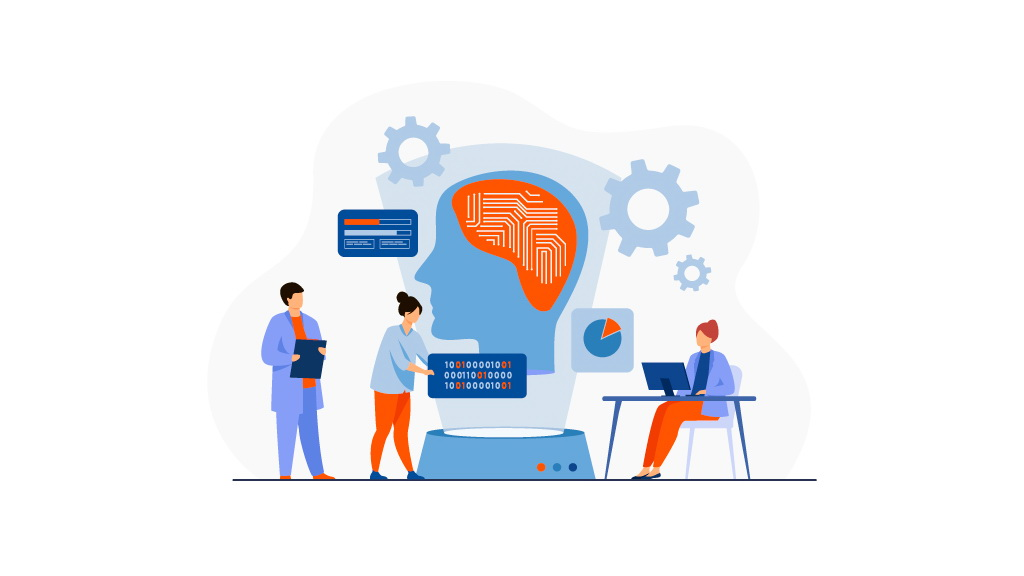
- product descriptions;
- news articles;
- social networking posts;
- short notes.
ChatGPT is the most popular tool for generating textual content. The tool is designed as an assistant that provides answers to a variety of questions. An important feature – at the time of this writing ChatGPT is using 2021 databases. Therefore, he will not be able to write text about products that came later (for example, for the Motorola G72 smartphone card, which came out in 2022).
However, there are other disadvantages:
- ChatGPT is often repeated. Water is the main problem of this service. Each paragraph may contain sentences that are identical to each other in meaning.
- Errors and unreliable information are possible. For example, in legal texts, the neural network refers to inappropriate articles of laws and regulations, confuses the DSTU standards.
- The texts are not always stylistically sound.
- The service is often unavailable because of the high load on the servers. The problem can be solved by taking a paid subscription (costs $20 per month, available only in the U.S., so you will need a VPN).
These shortcomings are not a reason to refuse to use ChatGPT. To even them out, it is important to follow some rules when working with the service.
- Clearly formulate a question or assignment. If you want a finished text, specify a thesis statement, required style, volume. The more precisely the task is formulated, the better the result will be.
- Don’t expect that text from ChatGPT can be simply copied to the site. It will require editing and revision to make it readable.
- You don’t have to use the service to create a finished article. ChatGPT knows the answers to many questions, so it is suitable for collecting information. The service can be used to write individual fragments.
- The neural network is quite good at writing in English. If you are not confident in your language skills, the service can be used to check ready-made texts in English.
- The network will help to find ideas for blog articles, posts on social networks. ChatGPT is a good assistant in developing a content strategy.
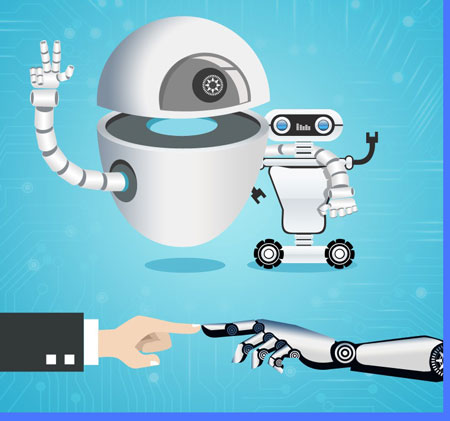
ChatGPT is a popular text assistant, but it’s not the only one. If you’re serious about generating content with AI, check out other services.
- BLOOM is a large language model (LLM) trained to continue text from a prompt. Training takes place on huge amounts of textual data using industrial-scale computing resources. So BLOOM can output coherent text in 46 languages and 13 programming languages. The result is as close to human-written texts as possible. BLOOM can also be instructed to perform text tasks for which it is not explicitly trained, by converting them into text generation tasks.
- Another interesting alternative in this segment is Copy.ai, which many see as a tool designed to automate creativity. If you’re looking for content ideas, you can use this AI to brainstorm. The tool is capable of creating quality texts very quickly.
- Writesonic is designed so that people can let their imagination run wild and write all kinds of texts, whether they be essays, publications, and more. All this with great help from artificial intelligence, which will suggest ideas and can even automatically generate texts that you can use.
- Jasper is a service with a simple interface that generates good commercial texts, ads, photos, emails. Service supports more than 30 languages, offers ready-made templates.
- Writer uses AI and connects to your data sources, such as cloud storage, chat rooms, and knowledge bases. The service analyzes your text, video, audio, spreadsheets, and URLs to create and transform your existing content and match the tone of voice.
As we wrote above, artificial intelligence can help generate more than just text. Services that use AI also create cool images.
Creating images for the website using AI
Many services convert text into images using artificial intelligence algorithms. These tools help you quickly turn your ideas or concepts into graphics in just a few seconds.
The AI Image Generator is a tool that you can use to create graphics. The tool is based on a deep learning algorithm and a large database of images with relevant descriptions. The system learns by looking at millions of different images and matching them to a database of known words.
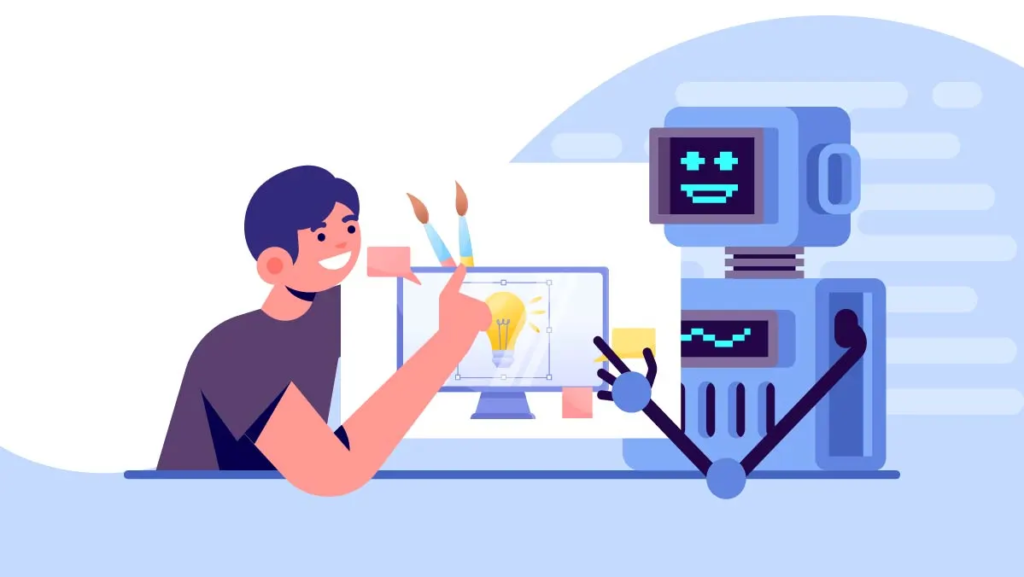
AI-based image generators can be used for a variety of purposes:
- create illustrations for text content;
- generate various elements of the site – logo, favicon, graphic details;
- copy the style of other images – indispensable when you need to create a large number of graphics in a single style;
- Some services can even create videos – Synthesia can easily do this.
Below you will find AI tools for generating quality images.
AI Image Generator from Fotor
Fotor is an online photo editor with millions of users worldwide. An AI-based image generator recently appeared on the site. It’s very easy to use: enter text prompts and watch Fotor convert text into an image in seconds. You can also upload a picture, which the system will take as the basis.
Features:
- 2 conversion models: text to image and image to image;
- fast image generation mode;
- 9 different conversion styles to choose from.
You can use Fotor to create realistic images of faces, 3D characters, anime art, paintings, backgrounds and graphics of any type.
NightCafe
NightCafe is one of the most popular AI generators for converting text to images. According to the creators, it has more algorithms and options than other services. Two conversion models are possible: text-to-image and style transfer.

- Text to image: you just need to enter text and NightCafe will automatically generate an image based on your description.
- Style transfer: upload an image to NightCafe, and the service will generate graphics in a similar style.
To use NightCafe you need credits, which you have to buy. Free is available 5 credits per day.
Dream by WOMBO
Dream by WOMBO was created by the Canadian artificial intelligence startup WOMBO. Many consider it the best all-purpose image generator from text. The process of using Dream by WOMBO is very similar to NightCafe. Write a sentence, choose an art style, and the service will generate an image.

Dream by WOMBO allows you to upload an image as a reference. This is what the tool will be guided by in order to improve accuracy.
DALL-E 2
DALL-E 2 is an innovative artificial intelligence image generator developed by OpenAI, the same team that created ChatGPT. Simply enter text and the DALL-E 2 will create a series of images based on this information.
One of the best features of DALL-E 2 is the brush, which allows you to edit the image and add details such as shadows, highlights, colors, textures, etc.
Midjourney
Midjourney is also one of the best image generators with extensive features and extremely fast generation. Enter a text description and Midjourney will do the rest.

Midjourney’s painting “The Opera’s Spatial Theater” won first place in the Colorado State Fair’s fine art competition, beating out 20 real artists.
Midjourney is currently hosted by Discord. To create images using a neural network, you must register and use the Discord bot commands to create images. Midjourney offers 4 ready-made options for each description.
Craiyon
Craiyon was formerly called the DALL-E mini. It was developed by researchers at Google and Hugging Face. This is a free image generator that does not require registration. You can enter any keywords and in a few minutes see the AI image you’ve created! Another advantage is that Craiyon generates 9 different variants from one description.
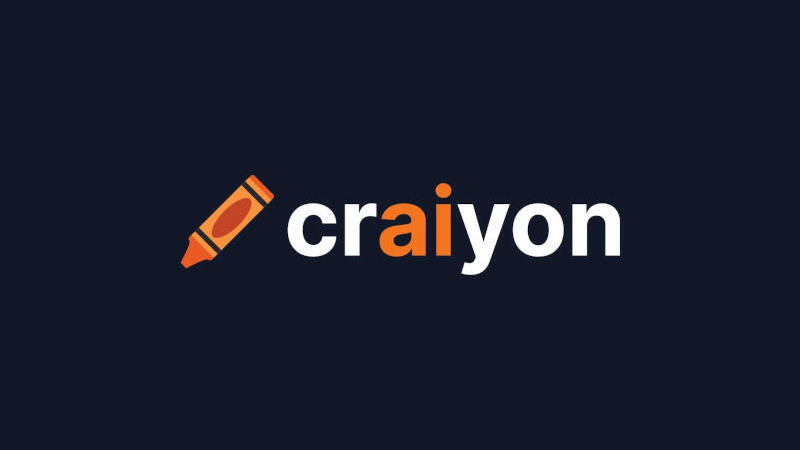
When considering involving AI in content creation, it’s important to keep in mind the pros and cons of such a solution. On the plus side, you can include:
- Efficiency and scalability. AI can create content much faster than humans. The AI tool writes an article or creates an image in minutes. A copywriter or designer needs much more time. Multiply the speed by the number of articles, and you realize that artificial intelligence can create a whole month’s worth of content in an hour. AI also helps with language localization, translations.
- Economic benefit. Hiring professional copywriters and designers requires a serious investment. Some AI tools are completely free, while others charge a monthly subscription fee. However, the fee will still be lower than the cost of professional staff.
- SEO optimization. Artificial intelligence-based content generators look at thousands of online documents to assimilate information. By reviewing all of these documents, they select keywords to improve search engine optimization (SEO). The AI tool can suggest keywords or use those that you specify.
- Overcoming writer’s block. The writing crisis is a common obstacle for many copywriters. Sometimes they may have trouble creating expert content on a topic with which they are unfamiliar. Neural networks will help you find answers to complex questions, formulate thesis statements, and select appropriate sentences.
The disadvantages of generated content is also enough. The quality of images created by neural networks does not always meet human notions of harmony, and texts sometimes come out uninformative. The main disadvantages of AI-generated content:
- Quality issues and likely SEO problems. The AI relies on available data and preset algorithms. Artificial intelligence tools combine content from different sites and reformulate it. As a result, texts are sometimes non-unique, which is bad for search promotion. Google updated its algorithms in August 2022, stressing that “useful content written by experts for people” ranks higher.
- Lack of creativity and personalization. The AI has no emotional intelligence (at least for now) and cannot add artistic imagery to the text. This significantly limits the scope of its application.
- Human involvement is still required. Humans still need to check and edit AI-generated content. This applies to both texts and graphics.
To get more benefits from AI services and minimize the disadvantages, here is a brief guide on how to work with them:
- Formulate your content needs. Specify exactly what you want to get from AI services: product descriptions, brief notes, site design elements, illustrations, etc.
- Pick a tool that can create the content you want. Above we have listed different services suitable for writing texts and generating images. Test a few of them to find the right ones. Some of them are paid, so consider your budget for content creation.
- Learn to communicate with AI services. The more detailed you formulate the task, the better the result will be. For example, when creating illustrations, specify color combinations, the size of major details, and requirements for backgrounds. For texts, give a thesis statement, words to use, volume, and style.
- Edit the result. This is the last, but not the least, point. The result may not fully meet your expectations. Finalize it yourself – in any case, it takes less time than creating content from scratch.
AI-generated content is unlikely to completely replace human-generated text and graphics. Today there are already online tools called AI Detectors. They help detect AI-generated content and estimate the likelihood that the text was written by humans. Examples of such services are Originality.ai, Writing.com, and Copyleaks. In the future, search engines will probably also learn to identify AI-generated content.
AI for SEO
More than 80% of marketers who use artificial intelligence report rapid and positive changes in their operations. For many businesses, AI is becoming an important component of a number of strategies, including search engine optimization and content marketing.
AI-based SEO uses artificial intelligence tools to analyze keywords and site performance. This helps determine what steps will help rank higher in search results.
Artificial intelligence can analyze data, see which pages rank higher than yours, and tell you how to increase the authority of the website. For example, Google’s BERT and Rankbrain algorithms are based on artificial intelligence. Google also uses AI to generate SERPs (search engine results pages) and provide better and more relevant results.
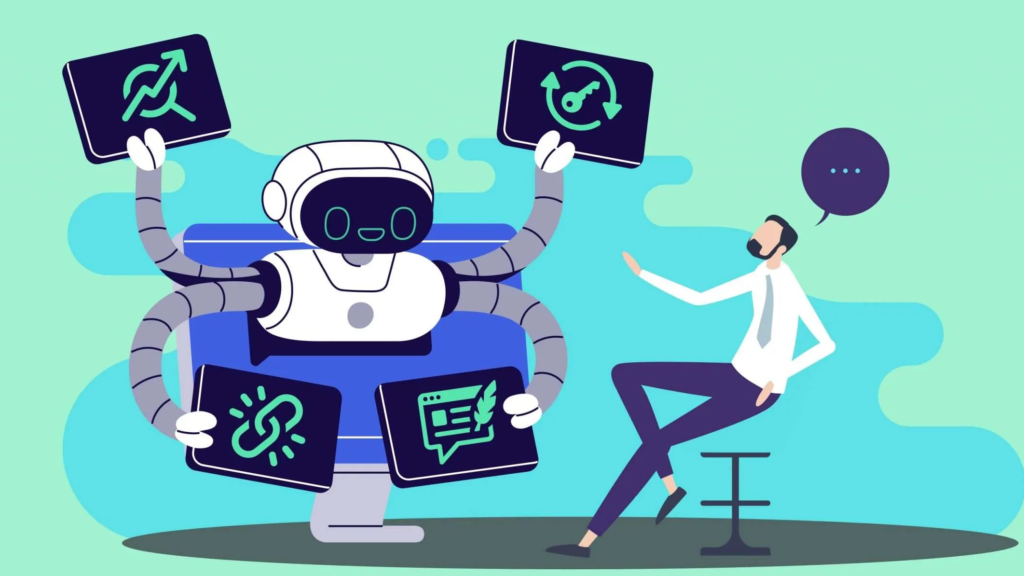
Similarly, AI helps develop a successful SEO strategy because of its ability to acquire, interpret and store almost infinite amounts of data.
In SEO artificial intelligence can solve a variety of tasks:
- Analyze keywords. Services such as Google Keyword Planner, Ahrefs and Moz Keyword Explorer help find keywords and understand which queries users most often use to search for similar products.
- Determine the optimal amount of content. The MarketMuse tool helps you determine how much you need to write to make your content better perceived by search engines.
- Analyze your competitors. AI services can help you find the keywords your competitors are using, and see what kind of optimization tips they’re using.
- Optimize images. Services such as Clarifai will help you quickly select tags and keywords to optimize images. They automatically recognize objects in pictures and suggest relevant keywords.
- Find technical problems on the site. There are services for technical audits. Tools such as Botify and Lumar look for broken links, incorrect meta tags and other technical problems on a site.
- Collect data. Well-known ChatGPT allows for a few seconds to collect a database of topical sites that are potential donors to link to your site.
Precisely because AI allows you to choose the best and most relevant topics and keywords, it also helps you create better and more optimized content. Beyond keywords and topics, AI-based solutions for SEO content can also help you determine the best opportunities for linking, analyzing user intent and content strategy.
It is important to remember that the AI collects and analyzes information, but the decisions are made by humans. AI-services still do not know how to pick up hosting, domain name, negotiate the placement of links to thematic resources. Part of the work will still have to do SEO-specialist.
Conclusion
Artificial intelligence can be a good assistant when creating a website and filling it with content – today AI for website development have far from the basic functions that were available just a year ago. AI services will also help with SEO optimization. Copywriters, programmers, designers, and SEO experts should not yet worry that artificial intelligence will make their profession unnecessary. At the current stage of development, AI is not capable of replacing humans, but can only become an additional tool when writing code and texts, creating images, and SEO-optimization. With skillful use AI will significantly accelerate the work and throw up new ideas, but do not expect the impossible from it.And if you want to use artificial intelligence for website development to create a portal quickly, try one of ours. templates. All of them are free and adaptive, and a large selection of plugins will help to customize the necessary functionality.

